
AeroGenie – Ihr intelligenter Copilot.
Trends
Categories
Supply Chain Delays and Their Impact on the Future of Aviation
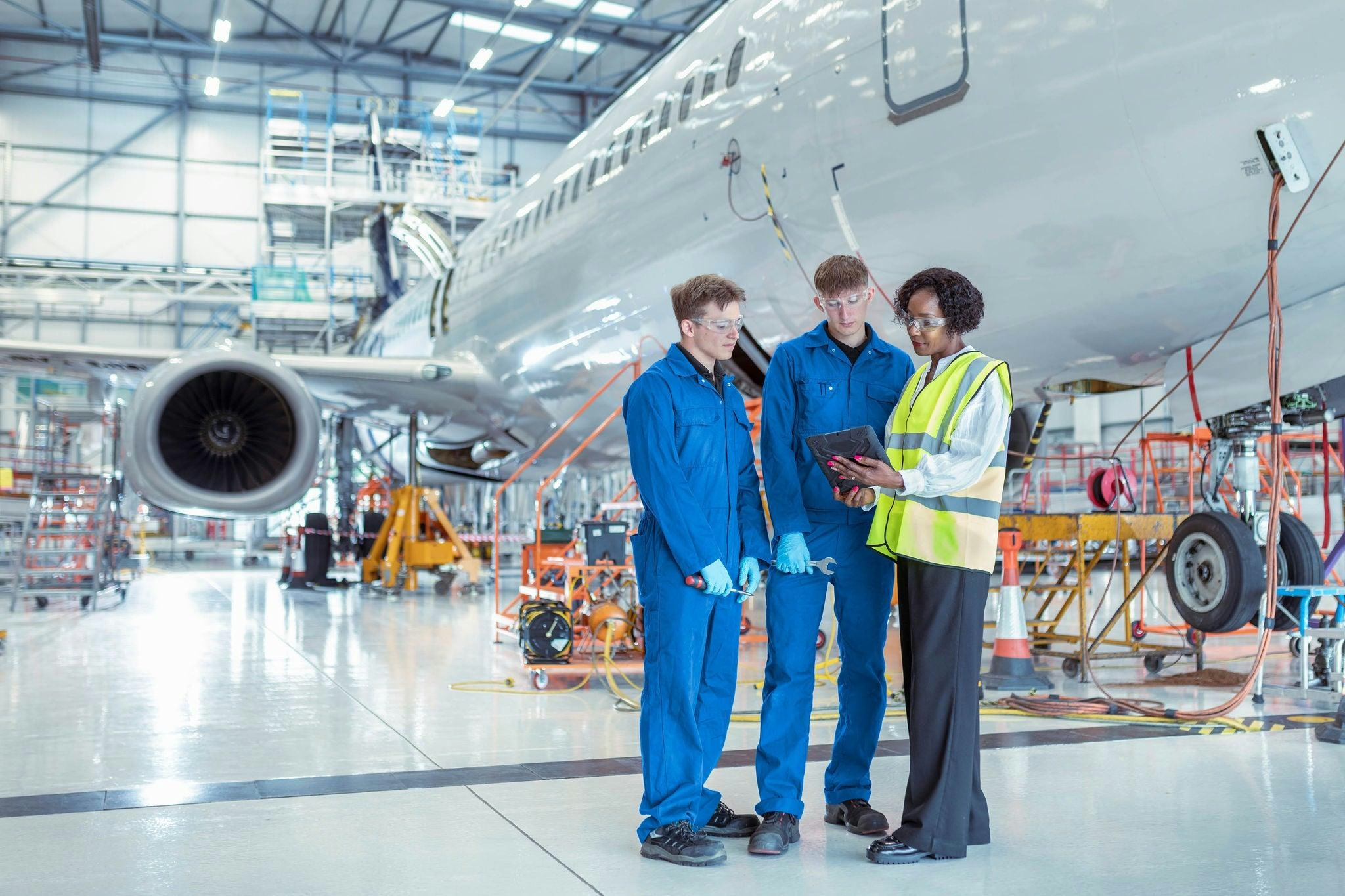
Supply Chain Delays and Their Impact on the Future of Aviation
The aviation industry is currently grappling with significant supply chain disruptions that are reshaping operational practices, investment decisions, and long-term planning. Challenges such as semiconductor shortages, engine malfunctions, shifting global tariffs, and logistical bottlenecks have compelled airlines to reconsider fleet management, vendor relationships, and route networks. These pressures come amid rising costs and tightening profit margins, forcing carriers to adapt strategically to an evolving landscape.
The Triple Challenge: Component Shortages, Aging Fleets, and Rising Costs
The International Air Transport Association (IATA) reports a backlog of approximately 17,000 aircraft, with some deliveries delayed by as much as 14 years. This backlog is primarily driven by persistent shortages of essential components including semiconductors, sensors, and engines, which have severely disrupted aerospace manufacturing. Consequently, the average age of the global commercial fleet has increased to 14.8 years, up from 13.6 in 2019. This aging trend has led to elevated maintenance expenses and a stagnation in fuel efficiency improvements. Current fuel consumption averages 0.23 liters per 100 available tonne kilometers, a notable decline from the 1.5 to 2.0 percent annual efficiency gains previously observed.
Leasing costs have also escalated sharply, with narrow-body aircraft lease rates now 20 to 30 percent higher than pre-pandemic levels. Airlines are compelled to pay premiums for limited aircraft availability, further compressing profitability. Technical difficulties exacerbate these challenges; over 1,100 aircraft remain grounded, 70 percent of which are equipped with Pratt & Whitney PW1000G engines requiring frequent repairs. This situation forces airlines to balance the operational costs of older, less efficient planes against the delays and expenses associated with acquiring new aircraft.
Strategic Responses: Fleet, Route, and Sourcing Adjustments
In response to these pressures, airlines are implementing a range of strategic adaptations, often involving complex trade-offs. Fleet reconfiguration has become more common, with carriers deploying larger aircraft on routes traditionally served by smaller planes to sustain capacity despite increased fuel and operational costs. For instance, United Airlines plans to reduce domestic capacity by four percentage points in 2025 while accelerating the retirement of 21 aging aircraft to better align supply with demand. Southwest Airlines is employing artificial intelligence-driven route optimization, achieving a 12 percent reduction in fuel costs in 2024, a critical development as fuel now accounts for 25.8 percent of operating expenses.
Supply chain delays and evolving tariff regimes are prompting airlines to reassess their vendor networks and sourcing strategies. Many carriers are exploring alternative suppliers in countries less affected by global tariffs, adjusting parts sourcing, maintenance, and even aircraft selection based on manufacturing origin. The air cargo sector faces particular challenges as tariff uncertainties and policy shifts disrupt network planning and capacity deployment, compelling businesses to adapt acquisition strategies and navigate complex exemption processes.
Regional carriers are also adjusting their strategies. Middle Eastern airlines such as Emirates leverage their Dubai hub to circumvent geopolitical bottlenecks, while Gulf carriers benefit from European airlines’ restricted access to Russian airspace. In Latin America, airlines are prioritizing high-yield international routes over domestic expansion in response to weak local currencies and proposed regulatory changes, including Brazil’s proposed 26.5 percent value-added tax on tickets.
Investment Outlook: Identifying Resilient Players
From an investment perspective, airlines with robust balance sheets, diversified supplier portfolios, and a commitment to technology-driven efficiency are best positioned to navigate ongoing disruptions. Carriers capable of rapid adaptation, such as United Airlines—which reported a 9.2 percent increase in premium cabin revenue in the first quarter of 2025—are emerging as potential winners. In an industry where operational efficiency and capital discipline have become critical for survival, agility and strategic foresight will be decisive factors shaping the future of aviation.
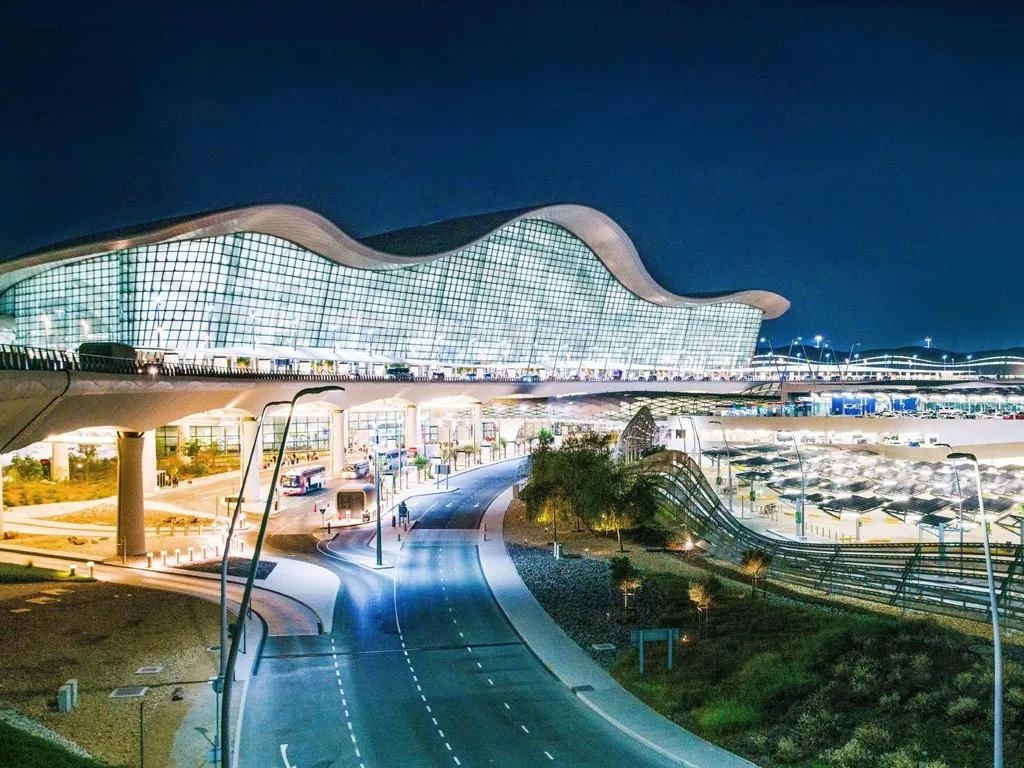
UAE Airports Adopt AI to Manage Rising Passenger Traffic

Spain’s Leading Airlines and Hotels Use Google Flights AI to Enhance Holiday Offers
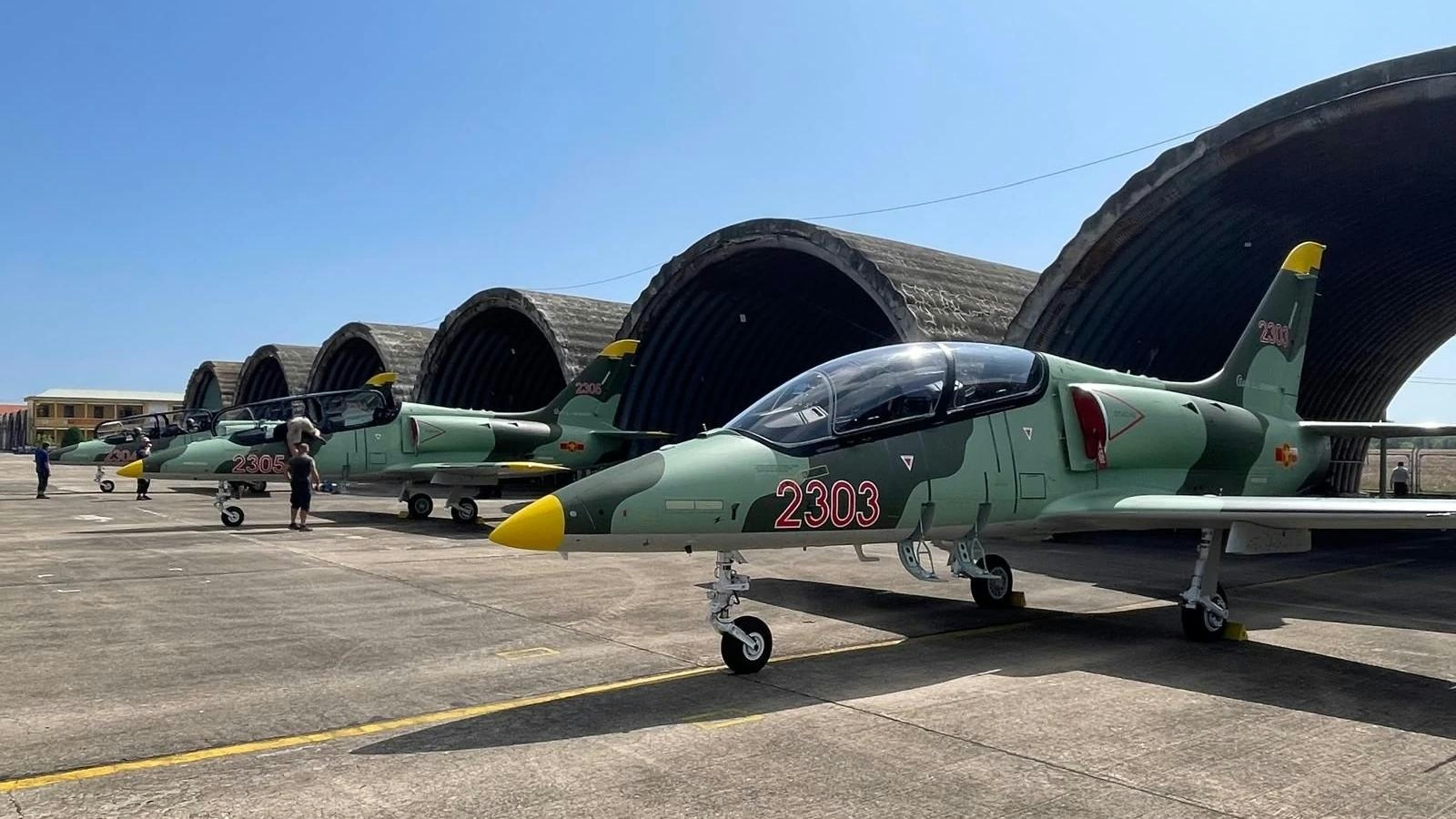
Vietnam Grounds 28 Aircraft Amid Global Engine Shortage
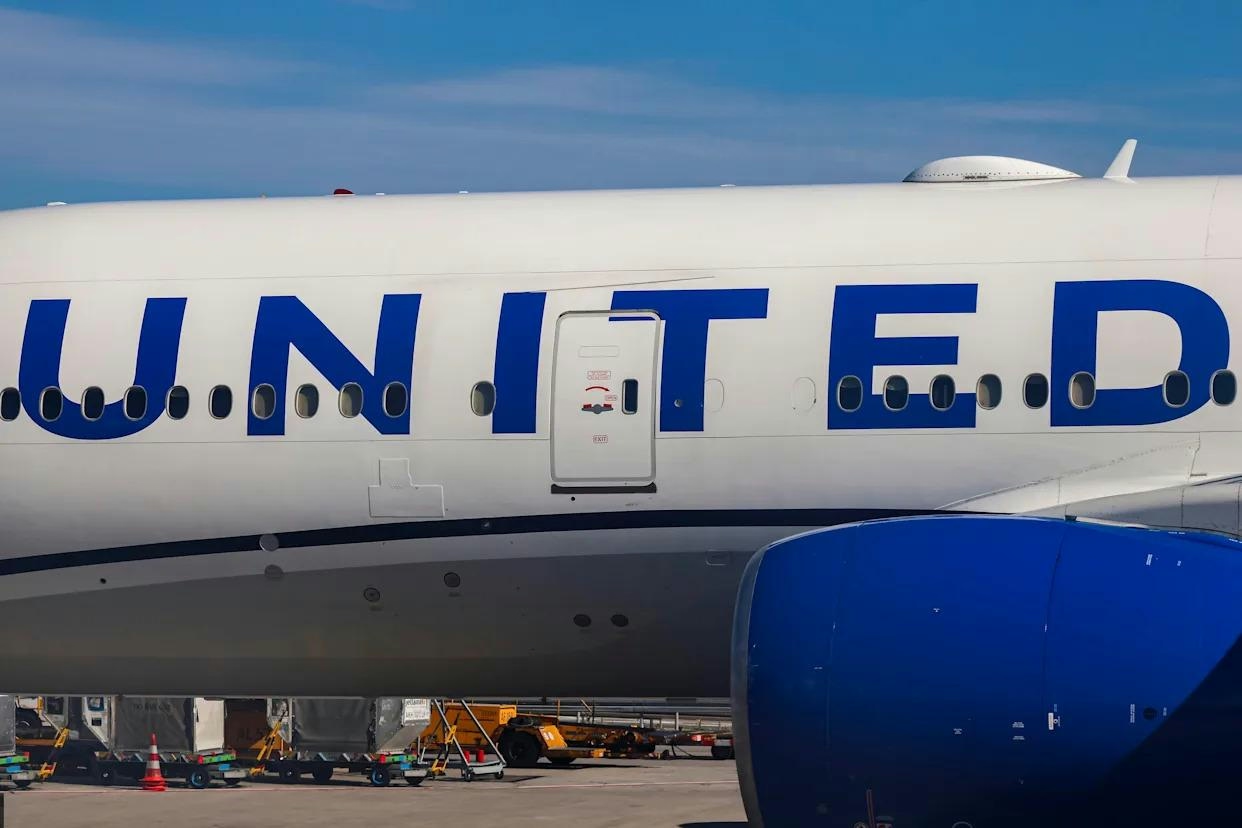
United Airlines Flight Returns to Dulles After Engine Failure on Takeoff
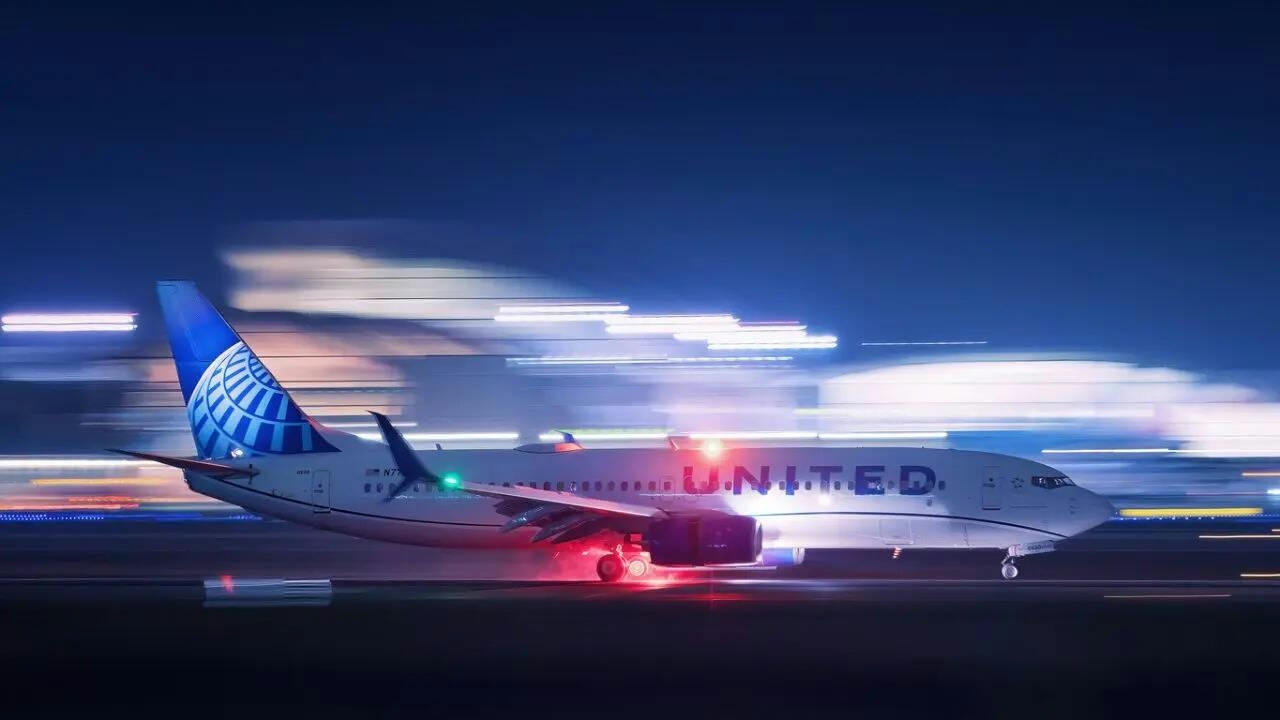
United Airlines flight makes emergency landing at Dulles after engine failure
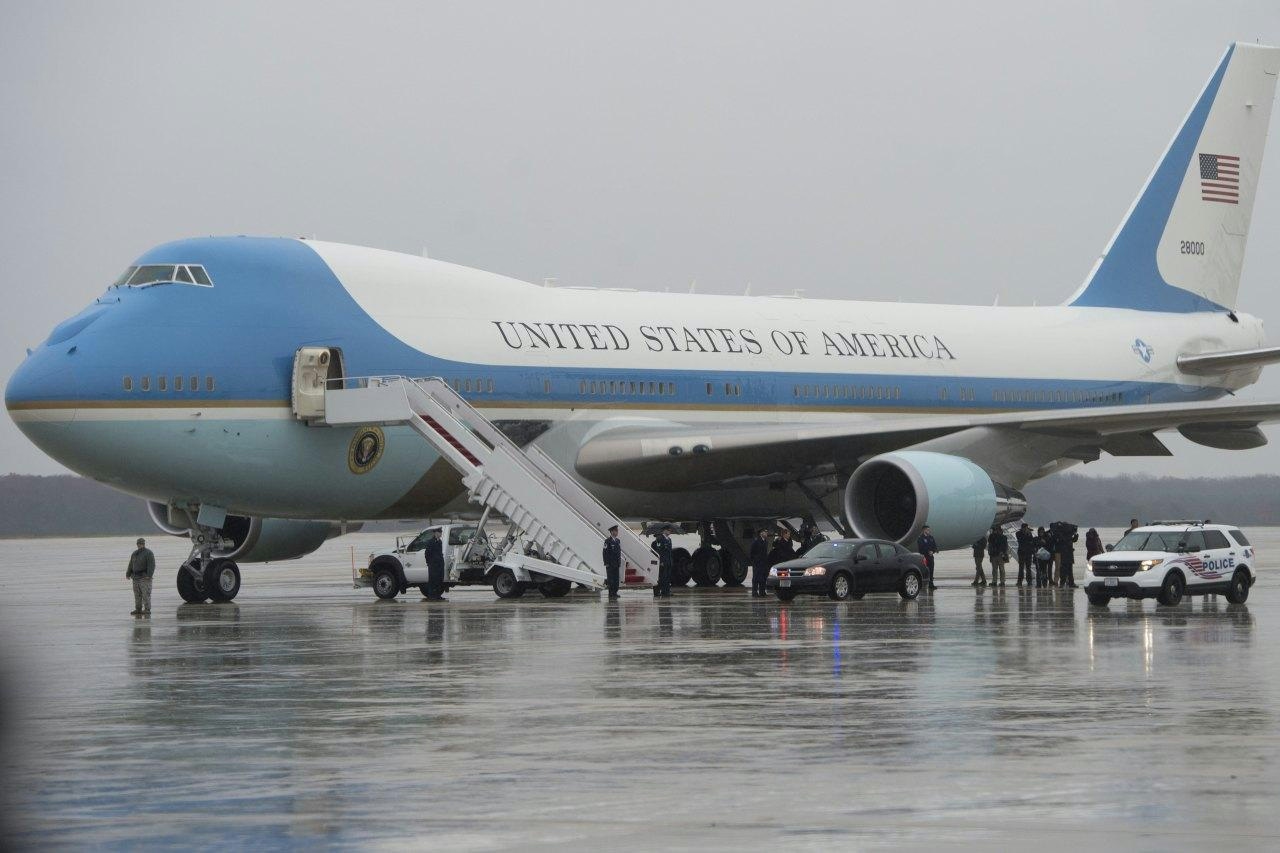
The Impact of the New Air Force One’s Delayed 2028 Arrival on Aviation and Travel
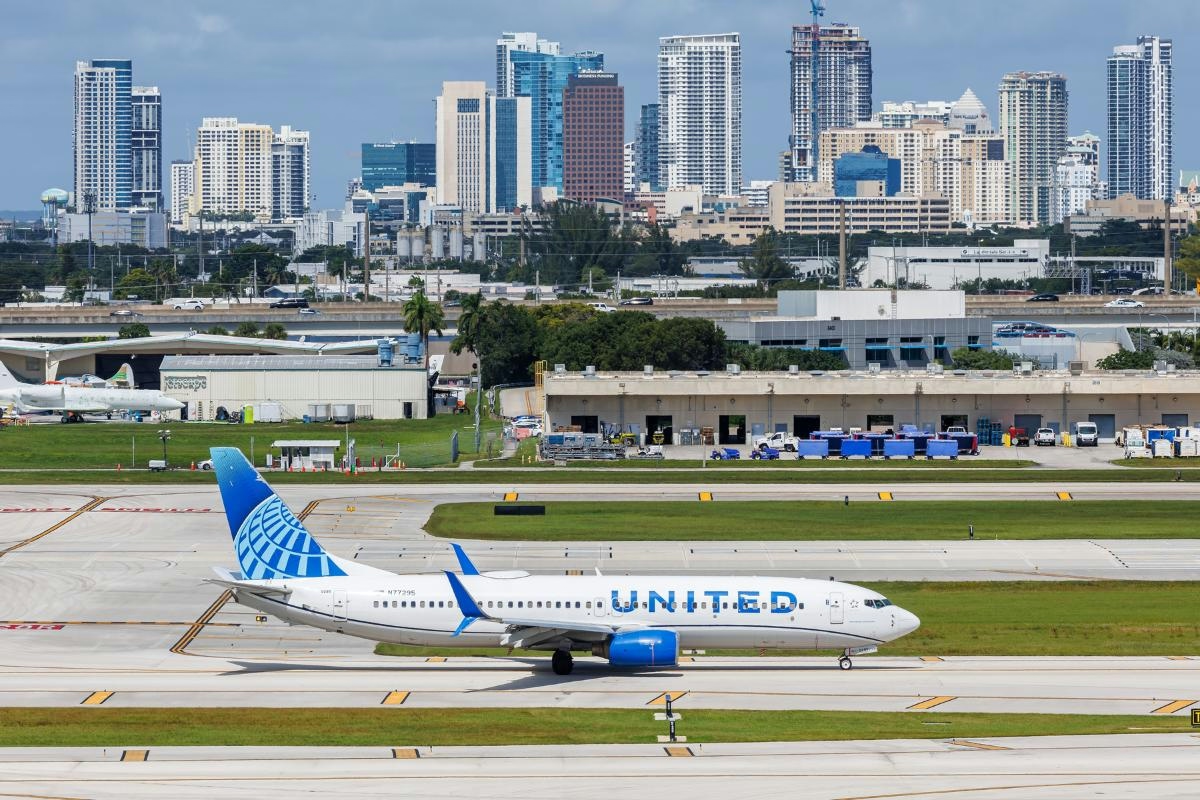
United Airlines Restarts Controversial AI Scheduling for Flight Attendants
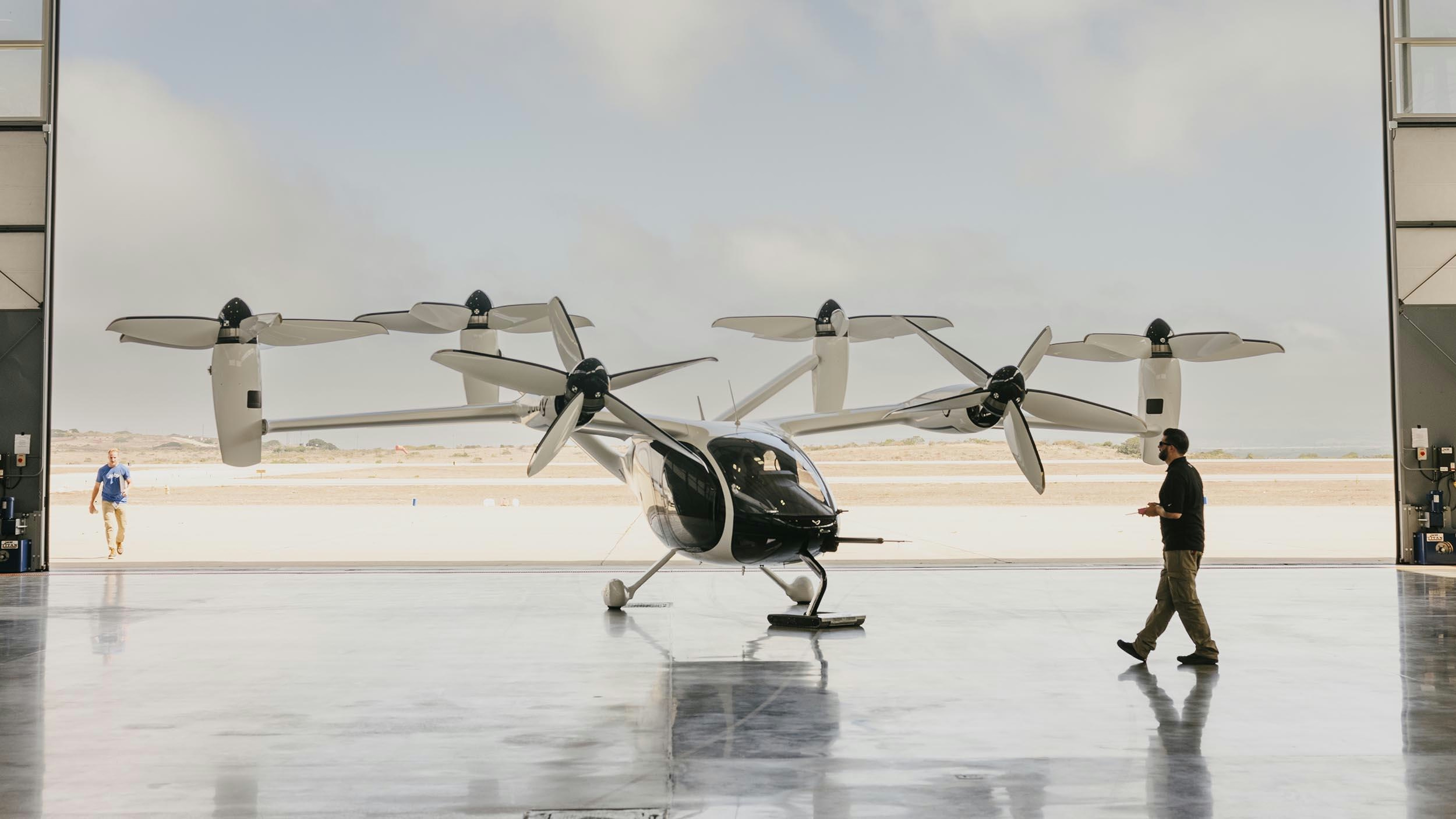
Joby Aviation’s Air Taxis Poised to Change Urban Travel and Tourism
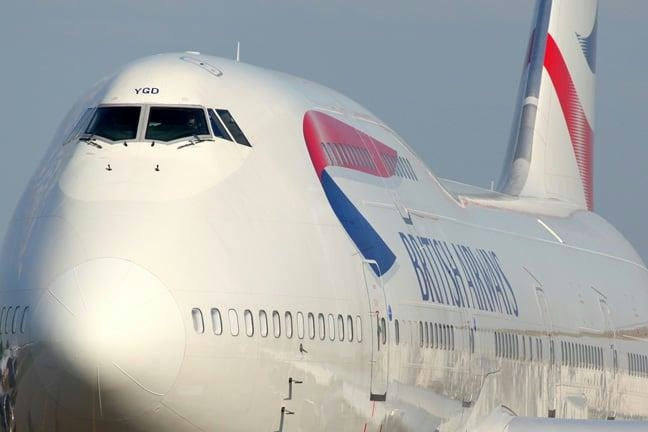
BA Chief Warns AI Agents May Diminish Brand Visibility
